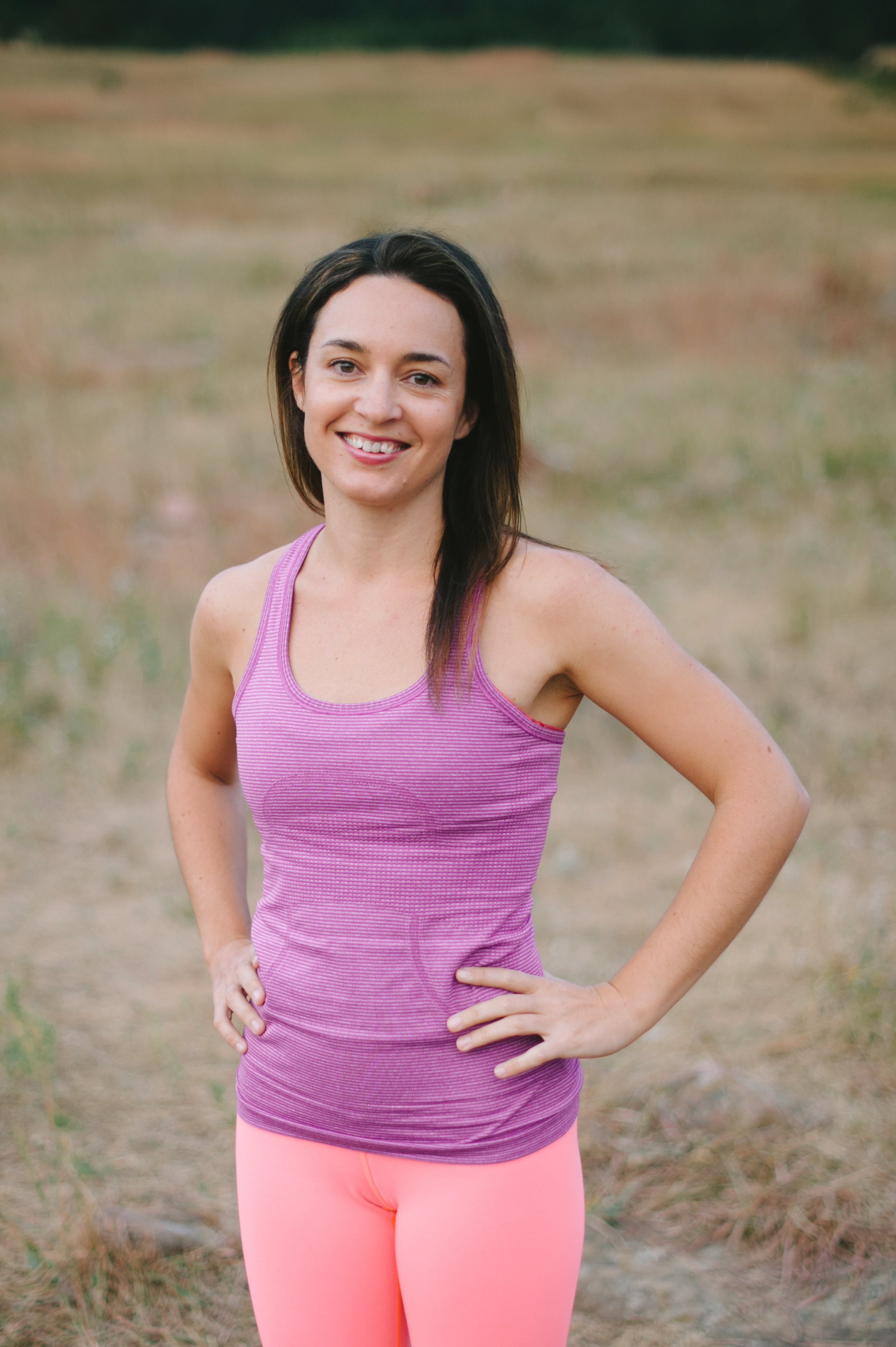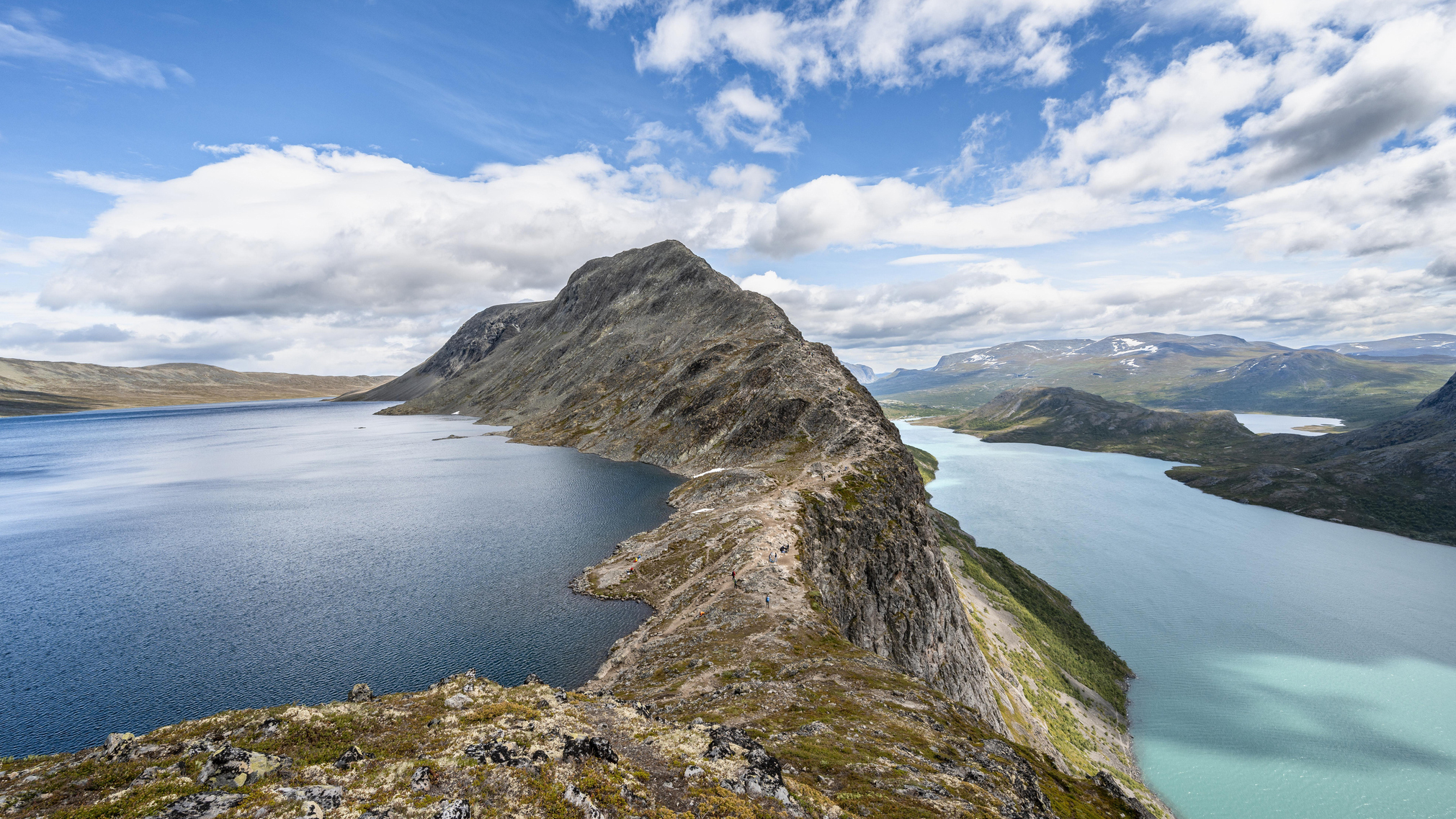From first tracks to Après ski – how to spend 3 epic days in Chamonix
We head to the legendary French resort to get to grips with the many faces of Chamonix
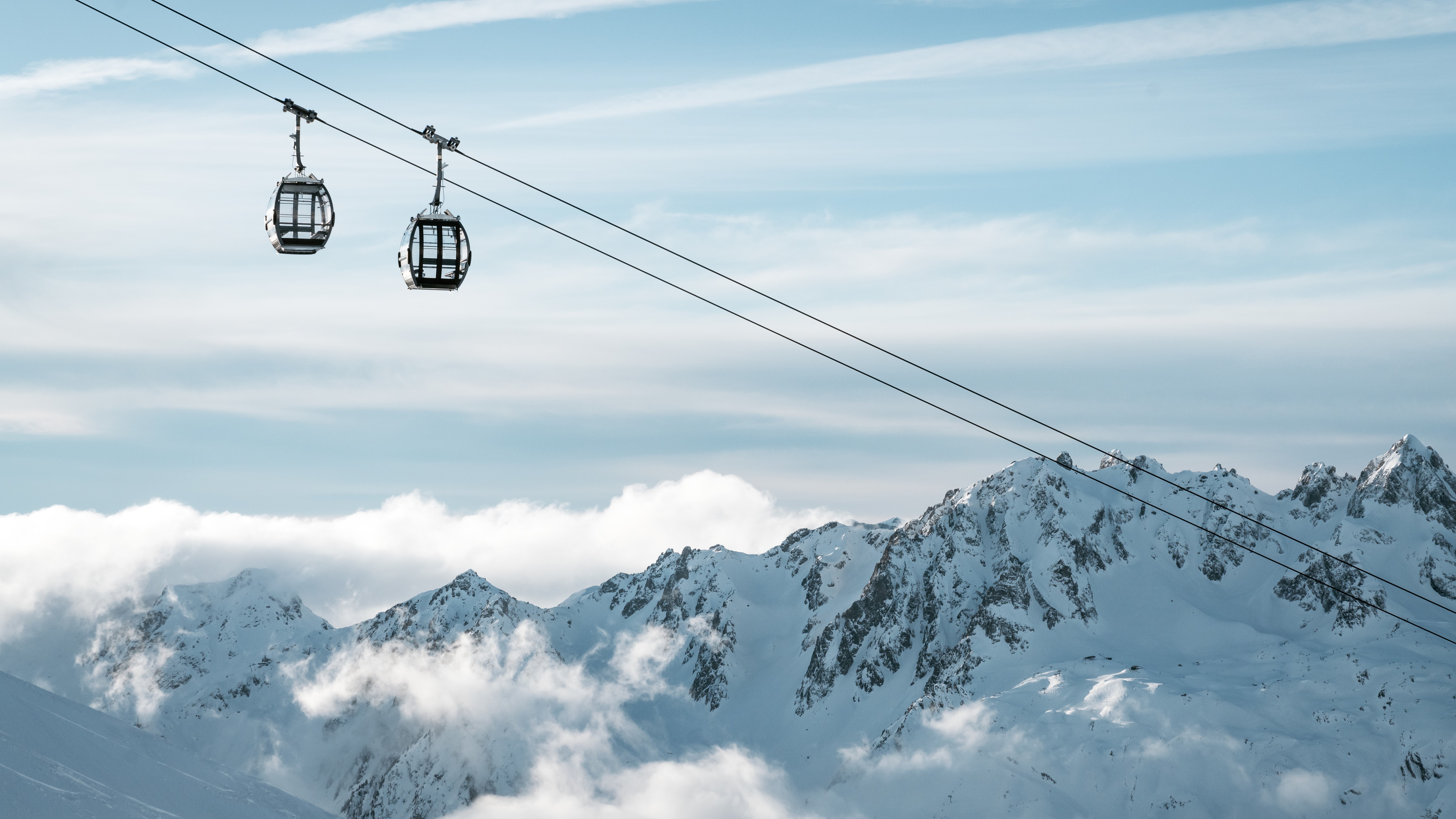
Few European ski resorts are as legendary as Chamonix. Official estimates say the area hosts 60,000 visitors a day during the busy winter months, many of whom come here to experience its renowned opportunities for extreme freeride skiing. But despite those impressive visitorship numbers, for the past 15 minutes skiing top to bottom, I haven’t seen a single other person.
Though I've visited the Chamonix-Mont Blanc Valley several times in the summer for trail running, hiking and mountaineering, this is my first winter trip. I've never been able to quite get my head around its sprawling array of slopes and ski areas, so I'm here with the ski brand Helly Hansen to see just how much of it I can fit into three days.
According to my Coros Pace 3, and the burning in my thighs, the run from the top of the gondola at Les Houches, down to the bottom of the Bellevue cable car was nearly six kilometers. It’s a quiet day in general, despite the brilliant sunshine and a blizzard the day before that refreshed the slopes, and after I left the top where families were exploring the beginner's area, it emptied out completely. It could be eerie but I have a penchant for solitude, so I’m giddy with the novelty of having what seems like the whole resort to myself.
Towards the bottom, the snow starts to get a little sketchy – the commune of Les Houches only sits at around 3,300ft – so I slow down and gently skid to a halt outside the Kitsch Inn, a cheerful retro-vibed bar advertising happy hour and burgers. It’s a little early for that, so I remove my skis and walk around to the gondola station to head back up, taking in the quaint village of pretty wooden houses, fromageries and chapels sitting quietly in the shade of the mountain.
After climbing the stairs, I scan my lift pass at the turnstile and receive a message informing me the gondola is full. This seems unlikely but before I can trek back down the metal stairs in my ski boots to inquire at the ticket office, several local skiers troop in and arrange themselves in an orderly line. They look like they know what they’re doing, so I step in behind them and soon we’re joined by a rambunctious crew of adolescents dressed in Nordic gear for a day of training.
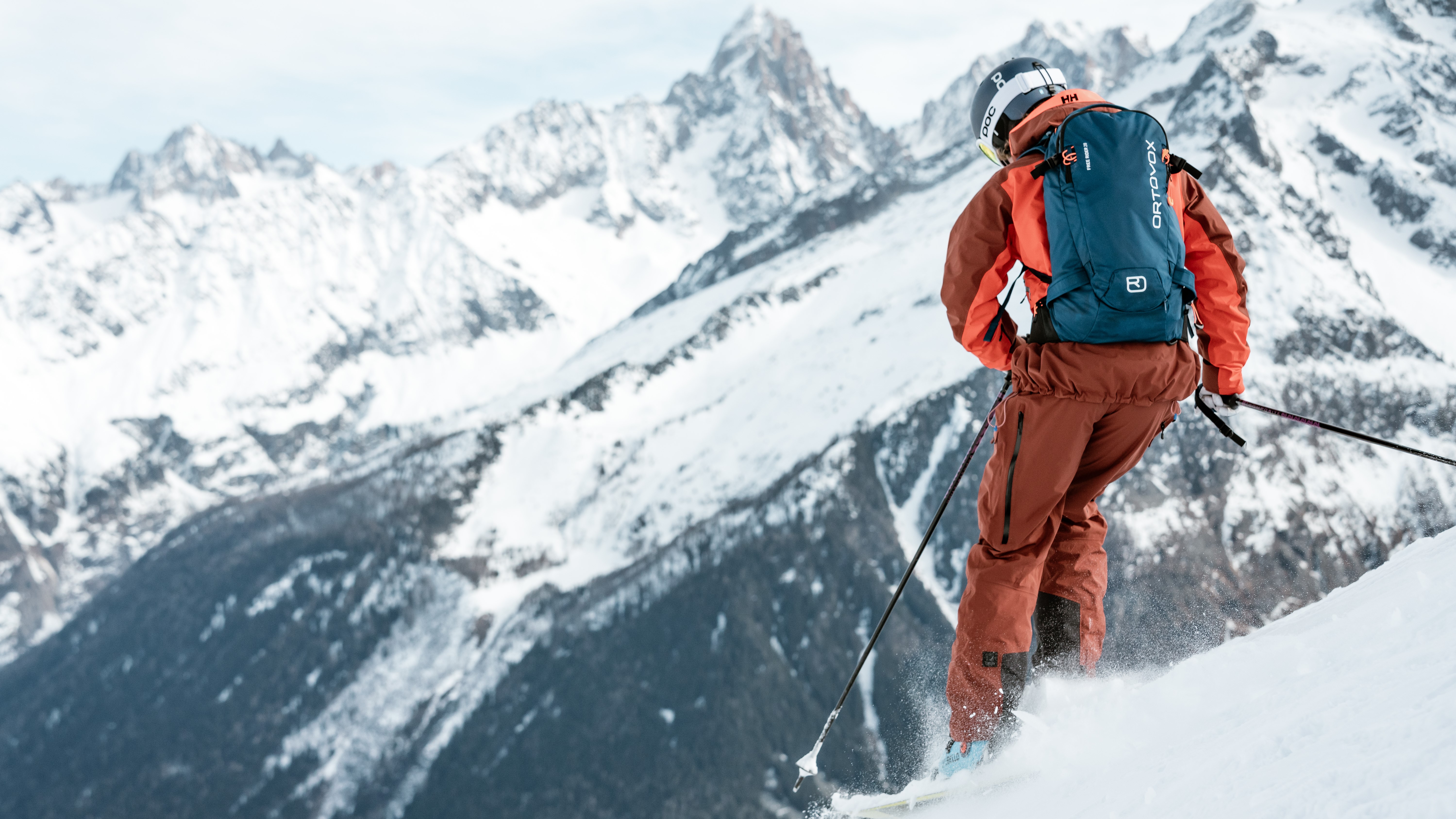
A few minutes pass before the door on the other side of the turnstile slides open and to my surprise I realize that it’s not a typical gondola I’ve been waiting on at all but a large single cablecar that holds 37 passengers at once. We all pile in followed by the driver who secures the door and sits down behind the wheel and we’re off, slowly trundling up the mountain.
The Bellevue cable car first opened in 1936, built by Charles Viard who brought the first cablecar to France. It climbs over 2,600 feet and was first imagined as a means to connect with the existing Mont Blanc Tramway and provide easier mountaineering access to those who wished to climb Mont Blanc.
Advnture Newsletter
All the latest inspiration, tips and guides to help you plan your next Advnture!
Getting there: Fly to Geneva then hop on a Mountain Shuttle for the roughly hour-long journey.
Lift ticket rate: Adult passes from 83 Euros/day and 54 Euros for a half day. The Mont Blanc Unlimited Pass covers all five ski areas plus Verbier, Courmayeur, Crans Montana and the Mont Blanc Tramway.
Accommodations: Big Sky Hotel & Spa is hip and relaxed four-star hotel with attentive staff, spa facilities and restaurant near the bus route to the slopes.
Where to eat: For a modern twist, Mumma is downtown serving up Asian Fusion tapas and for classical alpine fair, head to centrally located Le Monchu for fondue or Raclette
Website: SeeChamonix.com
It’s the backdrop of mountaineering that gives Chamonix its distinctive unshrinking character. People have been traveling here to explore the soaring peaks and glaciers of the Mont Blanc Massif since at least the 1700s, and by the end of the 19th century, many had realized the slopes were also ideal for the burgeoning sport of alpine skiing. The first cablecar here opened in 1924, the same year that Chamonix hosted the first Winter Olympics, and the valley secured its reputation as the heartbeat of alpine skiing.
Today “Cham” as the locals know it is well-served by regular international flights to Geneva airport, just over an hour away by road. Chamonix is the name of the main town in the Chamonix-Mont Blanc Valley, home to five main ski areas which are served by one lift pass, and opportunities to ski into neighboring Switzerland and Italy.
It’s difficult to pick just one, but thanks to Helly Hansen I haven’t had to – the brand’s Ski Free Day means you can get a free lift ticket at several of these resorts with the purchase of an item from the new collection, so I’m suited up with a brand new Kvitfjell Race jacket and Legendary Ski Pants am here for a whistle-stop tour of the place.
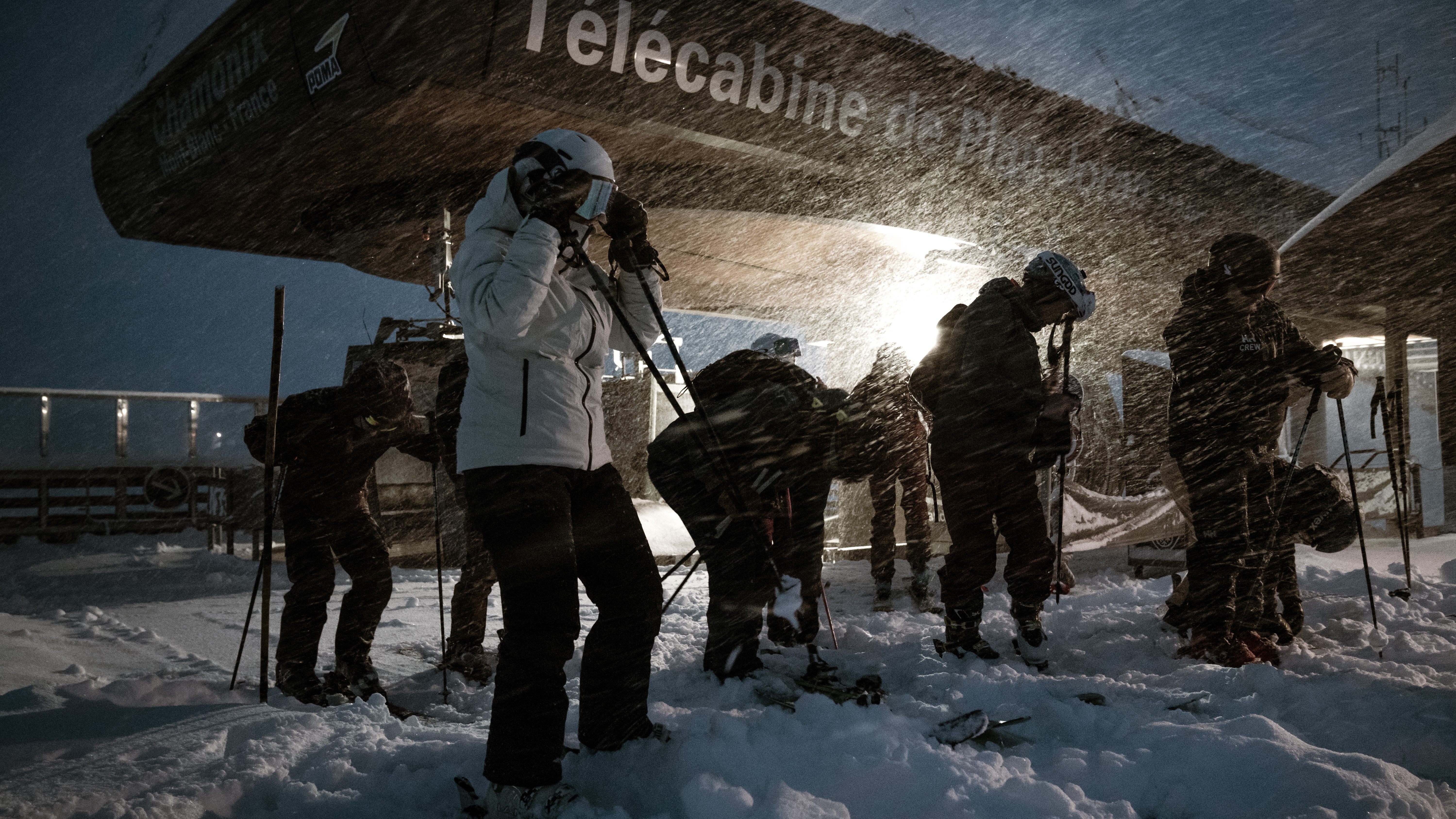
Le Tour and Vallorcine
Our first stop was Le Tour and Vallorcine (known together as Domaine de Balme), where we met ski patrol at 6:30 a.m. to help them open the mountain in what turned out to be whiteout conditions.
While the valley slept, we snuck in a few thrilling turns in ever-deepening snow. By the time the lifts opened, visibility was close to zero so I couldn’t say for sure, but the brochure assures me the area is known for cruisy blues and easy reds, making it a great place for intermediate skiers.
Les Grand Montets
That afternoon, we made our way over to Les Grand Montets to meet the amazing avalanche dogs of Chamonix. The sun finally punched its way through the clouds revealing the splendor of what’s considered the freeride center of the valley.
Les Grands Montets is one of the largest pisted skiing zones in the area. Due to its shady northwesterly aspect, snow here tends to stick around longer than anywhere else in the valley so it's ideal if you’re going out later in the season. If the snow is too sticky Les Marmottons Bar and Restaurant is right at the bottom of the cable car with abundant outdoor seating, grub and cold beers for Après.
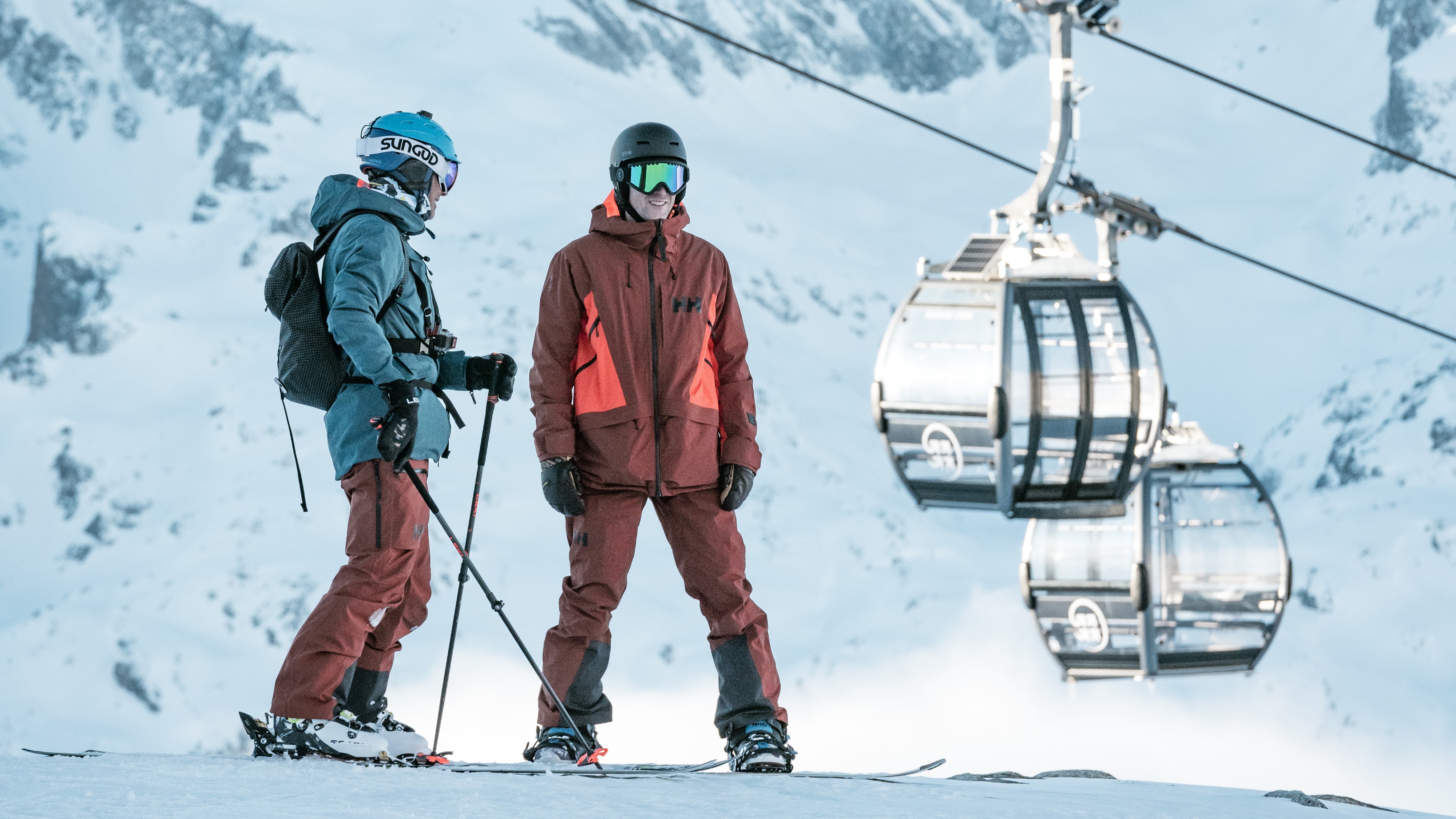
Brévent
The next day, we visited Brévent for a slalom-style competition with celebrity ski instructor Warren Smith, who had driven over the border from Verbier to help us hone our skills.
Along with adjacent Flégère, Brévent is the closest area to Chamonix town center at about a 15-minute walk (without ski boots) and boasts a mix of steep pistes and longer, flowing groomers.
This area sits on the sunny, south-facing side of the valley so the snow is already soft at 10:30 a.m. Being the recipient of several knee surgeries, I cut the competition short and sneak off for a few laps of the Cornu chairlift which delivers some stunning Black runs and access to off-piste magic.
However, it’s the second-to-none views of Mont Blanc that make Brévent truly special. Even if the line looks long, no visitor should miss the experience of riding the Brévent cable car up to a viewing deck which delivers the best view of the peak in the area, and it’s clear that many visitors are here for the views and the food, not the skiing. Fair enough.
Les Houches
On my last day, I break off from the group and head to Les Houches which turns out to be my favorite. The treelined, cruisy blues and greens match my mellowing approach to alpine skiing and remind me of Colorado pistes but with the quaint charm of an alpine resort that’s not been messed about with too much over the decades. It’s ideal for beginners, solo skiers and anyone who wants to go at their own pace.
When I reach the top of the Bellevue cable car here, I take a few minutes to drink in the imposing presence of Mont Blanc and watch some Nordic skiers set off on uphill adventures. It’s hard not to imagine Jacques Balmat and Michel Paccard tackling it for the first ascent nearly 230 years ago without all the technical fabrics and RECCO reflectors keeping me safe and comfortable today, and easy to appreciate what modern innovation has done for mountaineering.
The days are still short in January, so soon I ski back across the plateau where the top of Les Houches isn’t bustling, but lightly simmering with happy families queuing for espressos and sodas. After a few more cruisy laps I sit out on the terrace at Hotel Le Prarion and catch the last of the sun with a cold drink to refresh me before another six-kilometer descent which delivers me right onto the local bus. Free with my ski pass, I’m back at the Big Sky hotel in 15 minutes and there’s plenty of time for a soak in the hot tub before dinner.
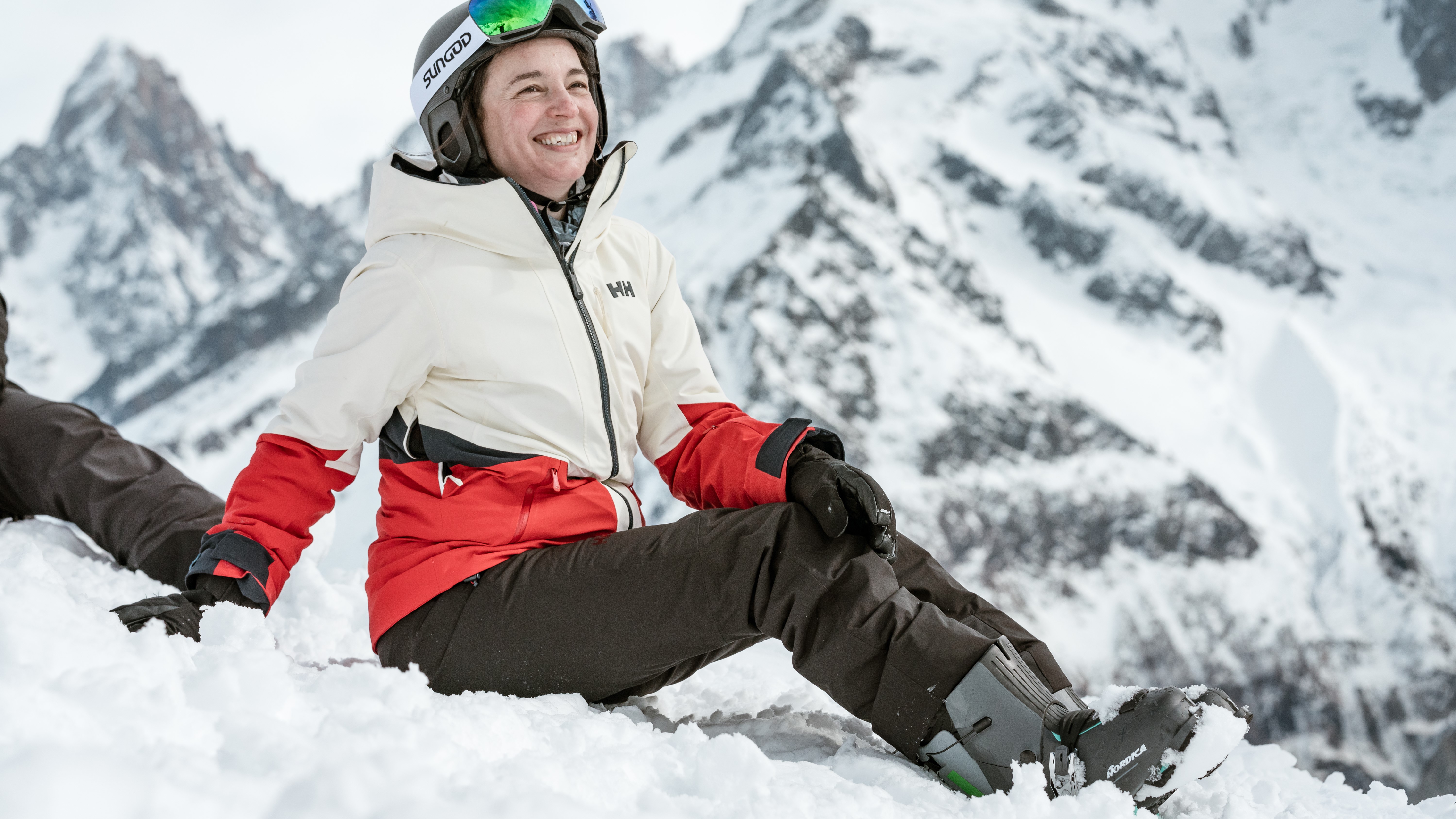
It’s taken me years to get my head around Chamonix, but on this trip, I’ve figured out that while it has many faces, its sprawling nature doesn’t have be overwhelming – it just means there are countless ways to do it.
Like me, you can take the buffet approach and tour different areas for a new flavor each day, but I’d recommend you find accommodation close to the bus line if you do. Taxis here are expensive and can be hard to come by, but the buses run regularly. An easier option is to pick the ski area you want to explore and find accommodation nearby, skipping any further travel once you arrive.
The easy connections make it possible to come here for a long weekend and be back at your desk on Monday morning – the question is, will you ever want to go home?
What to pack for skiing Chamonix
I visited in January and experienced whiteout conditions and mild sunny days, so as usual, my best advice is to layer up with the best ski gear and you won't feel anything but the burn in your thighs. Here's what I wore for skiing Chamonix:
- Helly Hansen Legendary ski pants
- Helly Hansen Kvitfjell Race jacket
- Helly Hansen LIFA Merino Midweight 2-in-1 Base Layer Pant
- Helly Hansen LIFA Merino Midweight Half-Zip Base Layer
- Helly Hansen Daybreaker Half Zip Fleece (as a mid layer when needed)
- Helly Hansen Verglas Down Jacket 2.0 (for wearing around town in the evening)
- Helly Hansen Alpine Sock Technical
- Helly Hansen Swift HT gloves
- Buff Original EcoStretch Neckwear
- SunGod Sniper ski goggles
Julia Clarke is a staff writer for Advnture.com and the author of the book Restorative Yoga for Beginners. She loves to explore mountains on foot, bike, skis and belay and then recover on the the yoga mat. Julia graduated with a degree in journalism in 2004 and spent eight years working as a radio presenter in Kansas City, Vermont, Boston and New York City before discovering the joys of the Rocky Mountains. She then detoured west to Colorado and enjoyed 11 years teaching yoga in Vail before returning to her hometown of Glasgow, Scotland in 2020 to focus on family and writing.
